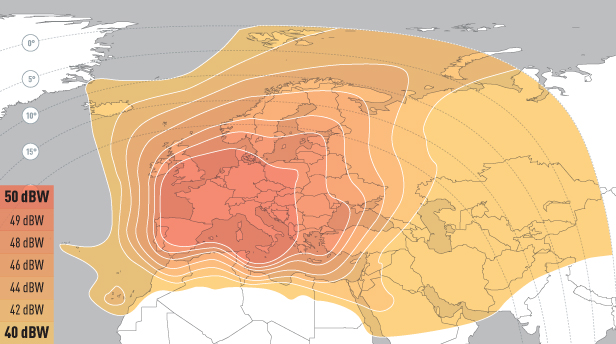
SES’s platform is one of my favourite examples. In such cases, satellite connectivity via C-band is key in getting communications services up and running. Whenever a disaster strikes and terrestrial infrastructure is down, up-to-the-minute information is vital for those seeking rescue and to coordinate relief efforts.

Restoring communication networks and enabling humanitarian aidĬ-band enables emergency support for the public when they need it most. Key features of C-band are that it allows for wide area coverage and is extremely resilient to severe weather conditions like heavy rain.Ĭ-band plays a key role in today’s global telecommunication infrastructure, as illustrated in the below examples.įive key areas enabled by C-band capacityġ. It was the first band used for satellite communications, and has proven to stand the test of time and remained of critical importance. This band became successful as it made reception with small antennas (around 60 cm) possible.Ĭ-band operates at the lowest bands, which are around 3 and 4 GHz for the downlink and 6 GHz for the uplink. Ku-band operates roughly around 11 and 12 GHz for the downlink and 14 GHz for the uplink. Ku-band has been the band of choice namely for Direct-To-Home services, consumed by millions of viewers around the world. The main usage is for broadband type of applications, which is enabled by the use of small spot coverage. Ka-band operates at highest frequency ranges, around 20 GHz for the downlink and 30 GHz for the uplink band.


The world became a connected village first and foremost thanks to satellite, and it started with C-band.Ĭommunication satellites today primarily use C-band, Ku-band and Ka-band. These are so part of our daily life now that we hardly stop to wonder how it is all possible. We have gained a new world of possibilities: watch a football match live despite it being played in a different continent, make a business call from our mobile phones, use our GPS to drive around, surf the web even when we are cruising on a ship, etc. In the last 40 years, our lives have changed drastically thanks to connectivity via satellite. By Patrick van Niftrik, Vice President of Spectrum Management and Development EMEA at SES


 0 kommentar(er)
0 kommentar(er)
